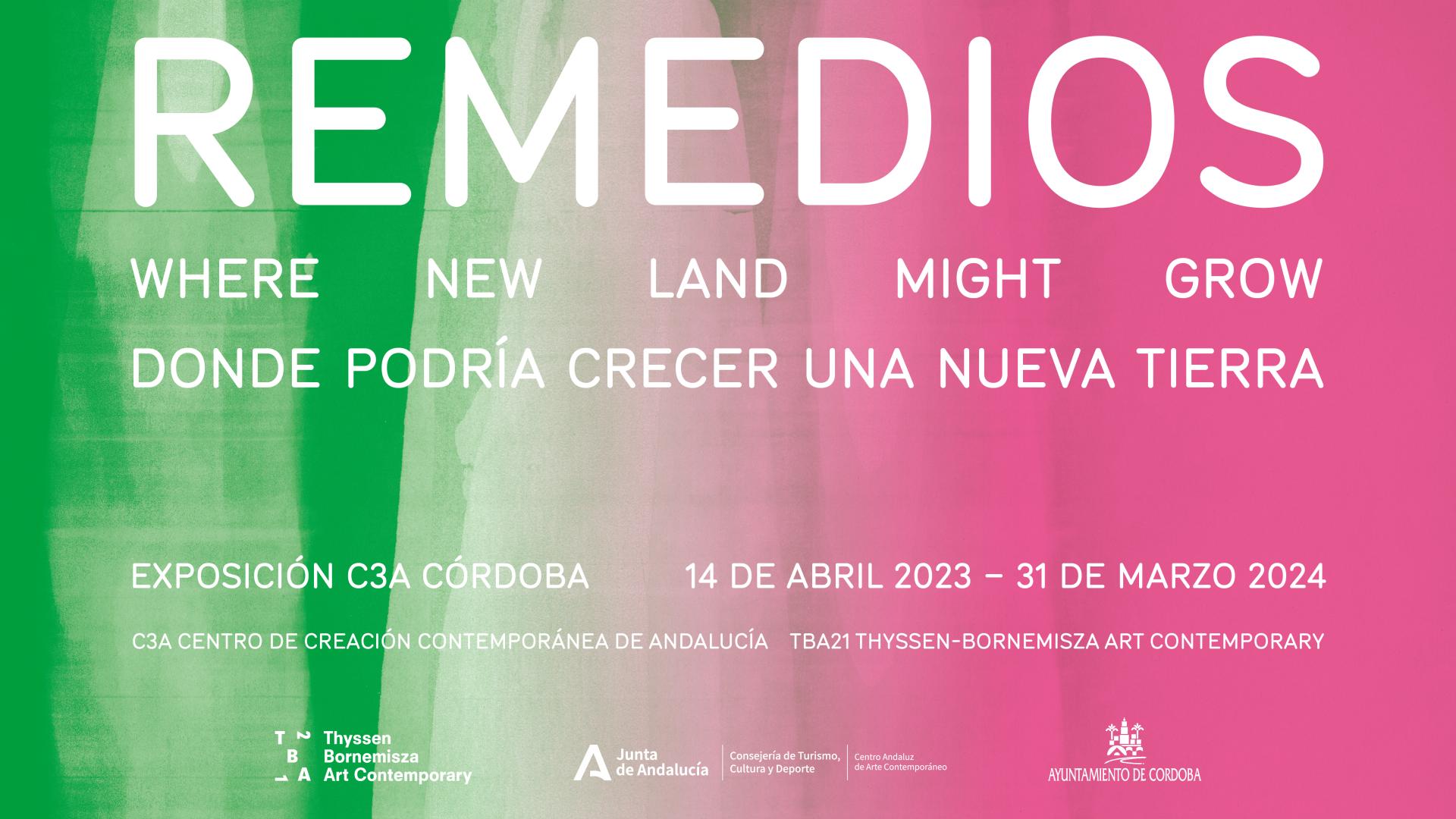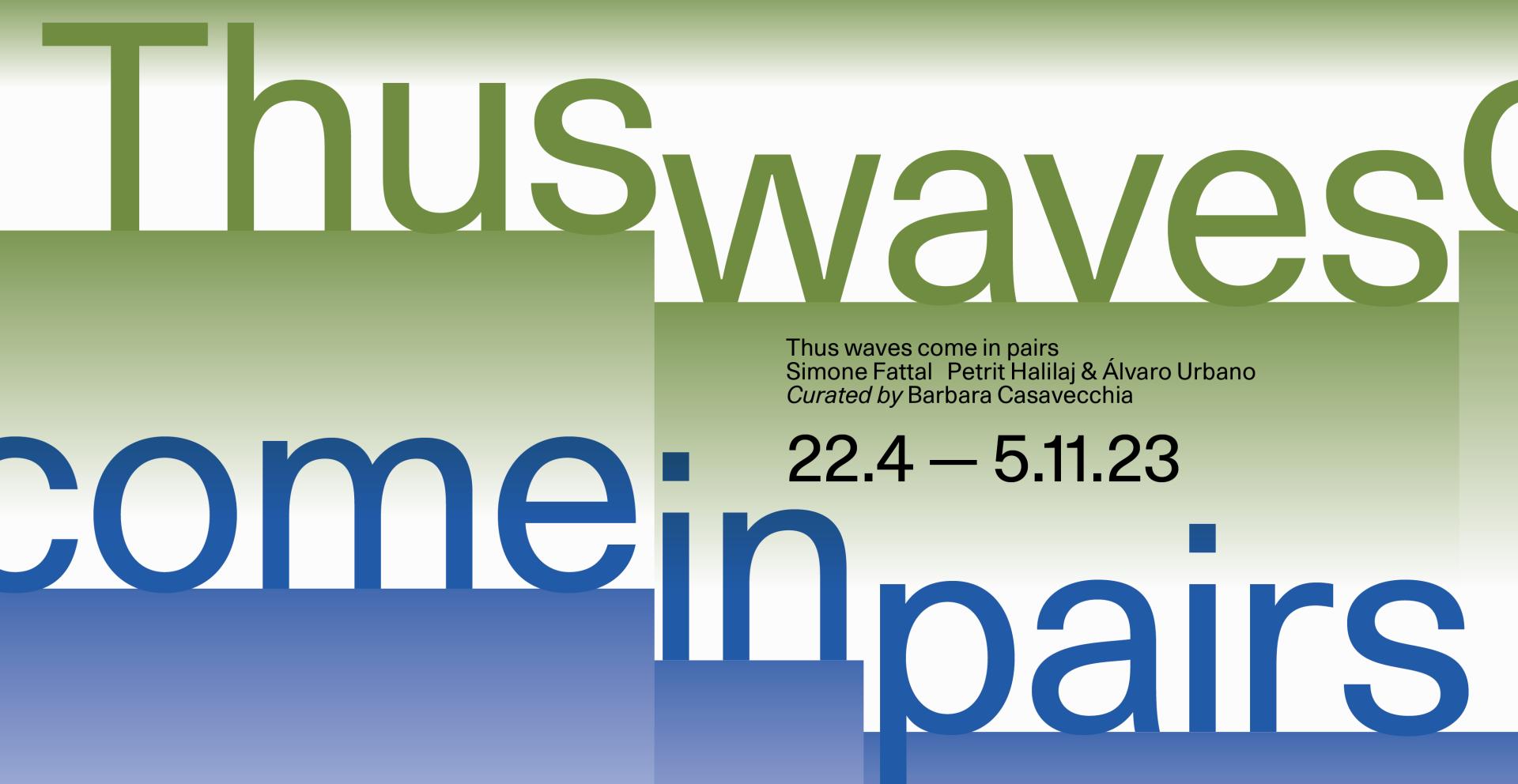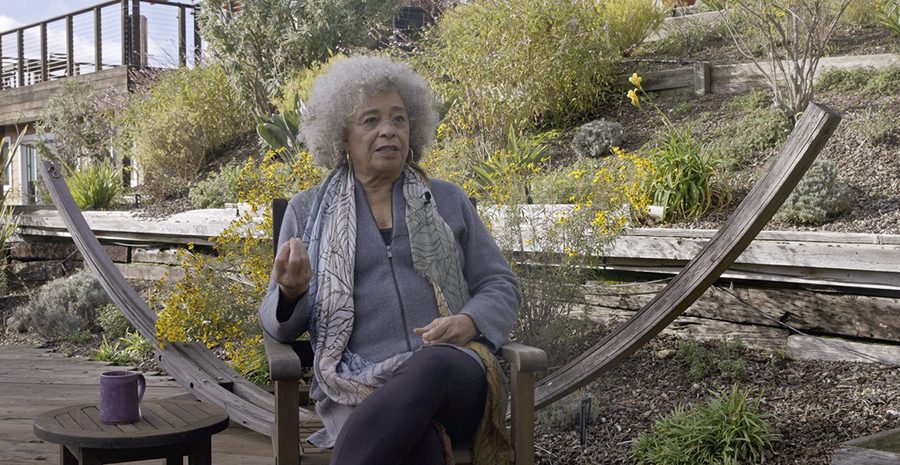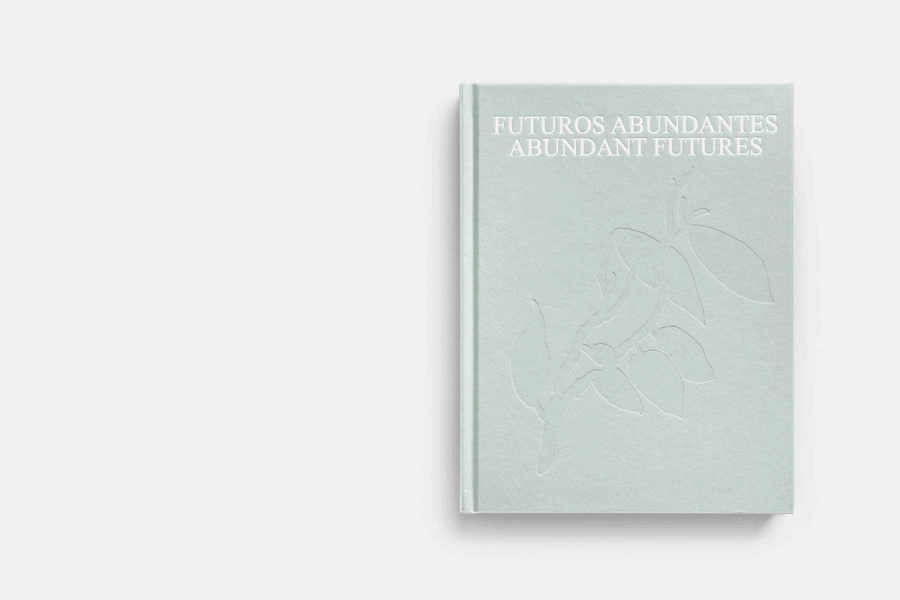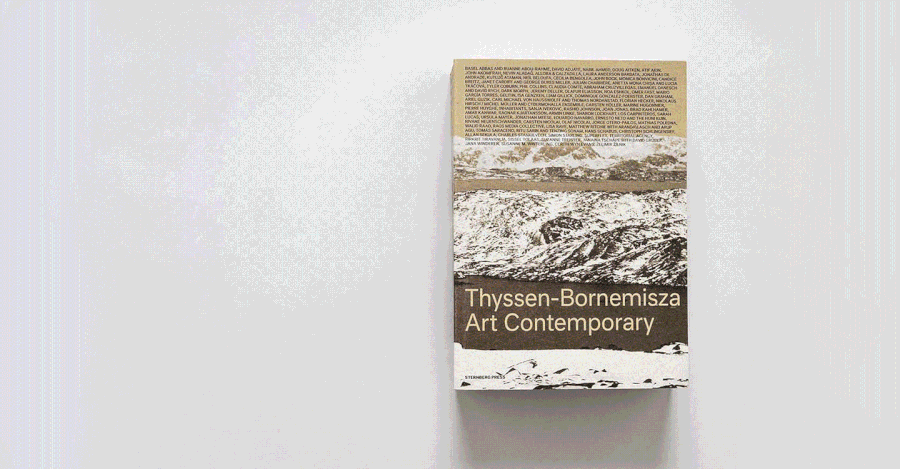Untitled
Jose Dávila

Courtesy TBA21
Collection
Cardboard and bottle caps
154.5 x 60.5 x 17 cm (each)
340 x 60.5 x 54.5 cm (overall dimensions)
Situated between replication, homage, and critique, Jose Dávila’s works complicate the boundaries of form and content. Oftentimes making direct references to the history of art, most commonly to Minimalism and Conceptual art, the objects and structures he produces undermine the rigid and at times prescriptively strict tenants of these canonical movements. Trained as an architect, Dávila works in an architectural scale, often creating assemblages of elements that interact with each other as much as they do with the space in which they are exhibited. Dávila’s interest in the work of Donald Judd, who is cited directly in this work, relates to the Minimalist artist’s consideration of the relationship between the object and the site of display. Dávila, however, is not in the in the business of straight imitation, and while the gesture of re-staging is a partial tribute, it is also an active subversion and investigation into how these historical movements or the discourse around them can be reconsidered. Dávila replicates the mathematically astute configurations of Judd’s Stacks, but corrupts one of the crucial aspects of the pieces—the material itself. Both works share the investigation of space, with the equidistantly placed components of the stack filling as much space as they leave blank, but in this case even the positive space, the cardboard box, is comprised of a material whose only purpose in our globalized trade and distribution networks is to be filled with goods and then recycled. In an interview Dávila says, “I tend to relate these works to Judd in the sense of the arithmetic of space, and how we operate in it. How the distance between things influences our behavior, more than on the pristine quality of the materials Judd used. This is why I use, for example, cheap cardboard of simple driftwood. Judd’s precept surely holds true, but I think is universal and can be achieved with materials associated with poorness or third world. … In many poor areas of the world, cheap and found materials are reconfigured to create something else than the purpose these materials or objects were originally created for. I like that cue. It is a very interesting form of recycling, reusing, which boots the creative force that comes out of the scarcity of resources.“[i]
[i] Greg Lindquist, “Jose Dávila,” Arte al Día Internacional 143 (July 2013): 32–39.
154.5 x 60.5 x 17 cm (each)
340 x 60.5 x 54.5 cm (overall dimensions)
Situated between replication, homage, and critique, Jose Dávila’s works complicate the boundaries of form and content. Oftentimes making direct references to the history of art, most commonly to Minimalism and Conceptual art, the objects and structures he produces undermine the rigid and at times prescriptively strict tenants of these canonical movements. Trained as an architect, Dávila works in an architectural scale, often creating assemblages of elements that interact with each other as much as they do with the space in which they are exhibited. Dávila’s interest in the work of Donald Judd, who is cited directly in this work, relates to the Minimalist artist’s consideration of the relationship between the object and the site of display. Dávila, however, is not in the in the business of straight imitation, and while the gesture of re-staging is a partial tribute, it is also an active subversion and investigation into how these historical movements or the discourse around them can be reconsidered. Dávila replicates the mathematically astute configurations of Judd’s Stacks, but corrupts one of the crucial aspects of the pieces—the material itself. Both works share the investigation of space, with the equidistantly placed components of the stack filling as much space as they leave blank, but in this case even the positive space, the cardboard box, is comprised of a material whose only purpose in our globalized trade and distribution networks is to be filled with goods and then recycled. In an interview Dávila says, “I tend to relate these works to Judd in the sense of the arithmetic of space, and how we operate in it. How the distance between things influences our behavior, more than on the pristine quality of the materials Judd used. This is why I use, for example, cheap cardboard of simple driftwood. Judd’s precept surely holds true, but I think is universal and can be achieved with materials associated with poorness or third world. … In many poor areas of the world, cheap and found materials are reconfigured to create something else than the purpose these materials or objects were originally created for. I like that cue. It is a very interesting form of recycling, reusing, which boots the creative force that comes out of the scarcity of resources.“[i]
[i] Greg Lindquist, “Jose Dávila,” Arte al Día Internacional 143 (July 2013): 32–39.



